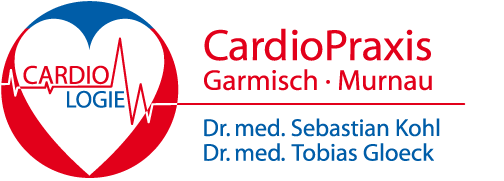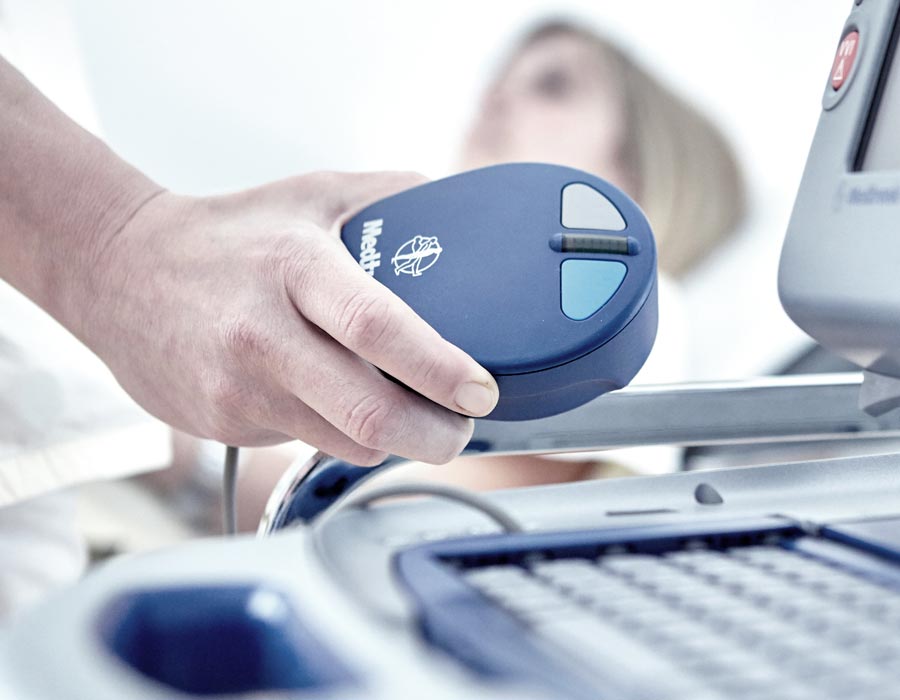Patients with serious heart rhythm abnormalities often need to be fitted with a cardiac pacemaker and/or defibrillator.
A cardiac pacemaker prevents the heart rate dropping too low and can increase the heart rate if the need arises during physical exertion. In addition to the pacemaker function a defibrillator can put an end to dangerous types of fast heart rate (tachycardia). Both pacemaker and defibrillator are implanted beneath the skin of the patient’s chest during a short stay in hospital. The device is connected up to the heart by means of electrodes, via which it can monitor the heart’s electrical patterns (ECG) and stimulate the heart as required.
The kind of device that is implanted depends on the type of heart condition and the problems the patient is experiencing. Patients fitted with a pacemaker undergo a surveillance check every six months in our practice. Patients with an implanted defibrillator come for checks every three months.


